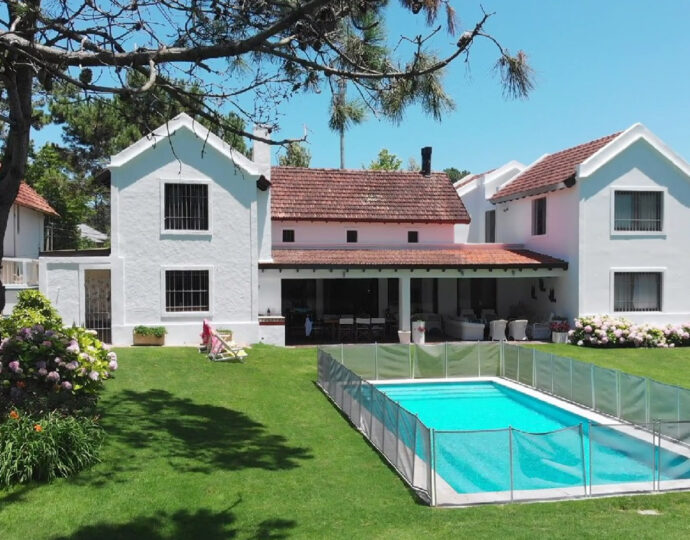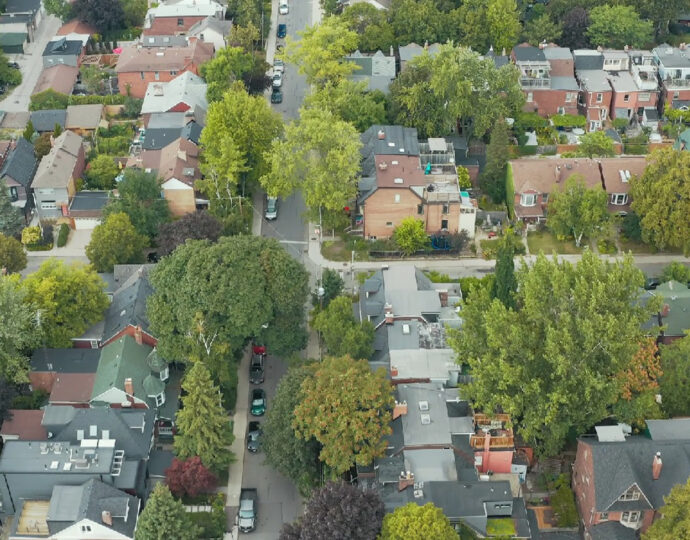Investing in property can be a daunting yet rewarding venture, one that often prompts questions about budget allocation and risk management. In this article, we’ll explore the concept of prioritising investing in high-quality properties over quantity. We’ll debunk common myths and shed light on the path to long-term financial prosperity.
Understanding Capital Growth: The Key to Wealth Accumulation
At the heart of successful property investment lies capital growth, the exponential increase in property value over time. It’s a simple yet powerful concept. A property that consistently generates a 7.2% return will double in value within a decade. Let’s break it down with some basic numbers. Imagine purchasing a million-dollar property today, only to see its value soar to four million dollars in 20 years. That’s three million dollars in equity gained. After accounting for capital gains tax, you could potentially walk away with 2.2 million dollars in the bank. (This is post-tax, after two decades). When adjusted for inflation this equates to approximately $1.4 million in today’s dollars. This $1.4 million injection into someone’s bank account, in addition to any existing superannuation funds, is often more than sufficient for retirement. This isn’t just hypothetical; it’s a strategy rooted in proven results and sound financial principles.
The Fallacy of Splitting Budgets: All or Nothing
One of the most common misconceptions in property investment is the temptation to split the budget or have a self-imposed budget constraint in the name of conservatism. However, this approach overlooks the bigger risk of selecting the wrong type of property asset. Opting for lower-priced properties may seem like a safer bet. However, it’s a risky gamble that undermines the potential for strong capital growth over the long run.
It’s a common sentiment to associate a lower loan amount with reduced risk. Many prospective clients express this sentiment, stating, “I’m pre-approved for $900,000, but I don’t want to spend that much. I’ll limit my next purchase to between $600,000 – $700,000.” However, the significant risk lies not in how much you borrow but rather in what you buy. Buying a property of better-than-average quality necessitates spending more than the median price of the locality. Investing in high-quality properties is an all-or-nothing endeavour. Cutting corners or settling for less only heightens the risk of subpar returns.
The Importance of Quality Assets: Avoiding Short-Term Gains for Long-Term Success
When you’re looking at investing in high-quality properties, it’s essential to prioritise fundamentals over short-term gains. Too often, investors fall into the trap of chasing the next big thing, neglecting the underlying fundamentals that drive sustainable growth. The key lies in selecting properties with the highest probability of generating strong and consistent compounding capital growth over time. This principle holds especially true in a property market like Perth. Instead of chasing current hotspots or affordability, focus on areas that resonate with locals and boast enduring appeal. Investors can mitigate risk and maximise returns by focusing on asset quality, even if it means stretching borrowing capacity or cash flow.
The One-Gamble Game: Understanding Property Investment Risks
Unlike other asset classes where diversification is key, property investment is an all-or-nothing asset type. With 71% of Australian investors owning only one property, the odds are that most people end up with one (perhaps 2 properties). If you’re going to invest in property, you need to do it well, or else it’s better not to do it at all. Every investment decision boils down to a single thesis: the property chosen must have the potential to generate wealth over the long term. Attempting to spread investments across multiple properties dilutes focus and increases overall risk.
Often those with higher exposure to compounding capital growth do a lot better. So someone who bought a $1 million property rather than a $600,000 would enjoy a higher equity increase simply based on their dollar amount exposed. Worse still, the person who spent $600,000 trying to be conservative and with intentions to buy again often finds the balance of funds isn’t sufficient to find anything worthy, hence again limiting their property exposure. And those who end up using the remaining $400,000 or waiting a year or 2 to afford another $600,000 property may inadvertently invest in areas that lack the appeal of more affluent neighbourhoods. Instead, aiming for the highest-quality asset possible is imperative, even if it means pushing borrowing capacity or cash flow boundaries.
Of course, it’s essential to assess whether this approach aligns with your circumstances and risk tolerance. However, failing to pursue a better-quality asset only serves to heighten investment risk. As a buyers agent, our focus is on securing the best outcome for our clients. This is even if it means earning less commission by assisting with fewer transactions. By settling for lesser-quality properties, you’re jeopardising your probability of attaining the desired 7% p.a. capital growth over the long run.
Consider this scenario. Suppose you could invest an extra two or three hundred thousand dollars to acquire a property of significantly higher quality. This additional investment may grant access to a completely different type of asset. One with a more desirable location and fewer impairments. While it may require stretching your borrowing capacity or cash flow, the potential benefits far outweigh the perceived risks.
Quality Premium: A Calculated Risk Worth Taking
Paying a premium for quality property assets is a calculated risk worth considering. While it’s true that you can occasionally strike lucky, the likelihood of this happening is slim. If you find yourself snagging a bargain, it may raise questions about the property’s true value and potential drawbacks that others may be aware of. Conversely, if you choose to overpay slightly for an asset that promises consistent growth or doubling in value every decade, the impact on your investment strategy is minimal. While intentionally overpaying is not advisable, the difference in returns between paying market value and slightly above is negligible in the long run. For instance, instead of ending up with 1.4 million dollars after 20 years, you might have 1.3 million dollars in the bank post-tax. However, this minor difference doesn’t detract from the overall success of your investment strategy.
Conclusion: Quality Trumps Quantity in Property Investment
In the world of property investment, quality reigns supreme. By prioritising investing in high-quality properties over quantity, investors can unlock the full potential of their investment portfolio. The pursuit of compounding capital growth, backed by sound fundamentals and strategic decision-making, paves the way for long-term financial success. Remember, it’s not about buying multiple properties or chasing short-term gains. It’s about selecting the right property asset that has the highest probability of generating wealth over time. So, if you’re contemplating property investment, remember: go all in on quality, or don’t go in at all.
Eager to learn more about the characteristics of a quality property and receive expert tips for a successful property purchase? Click here for detailed insights. Alternatively, if you’re ready to take the next step with a property buyers agents Perth team, visit our contact page and connect with us.






